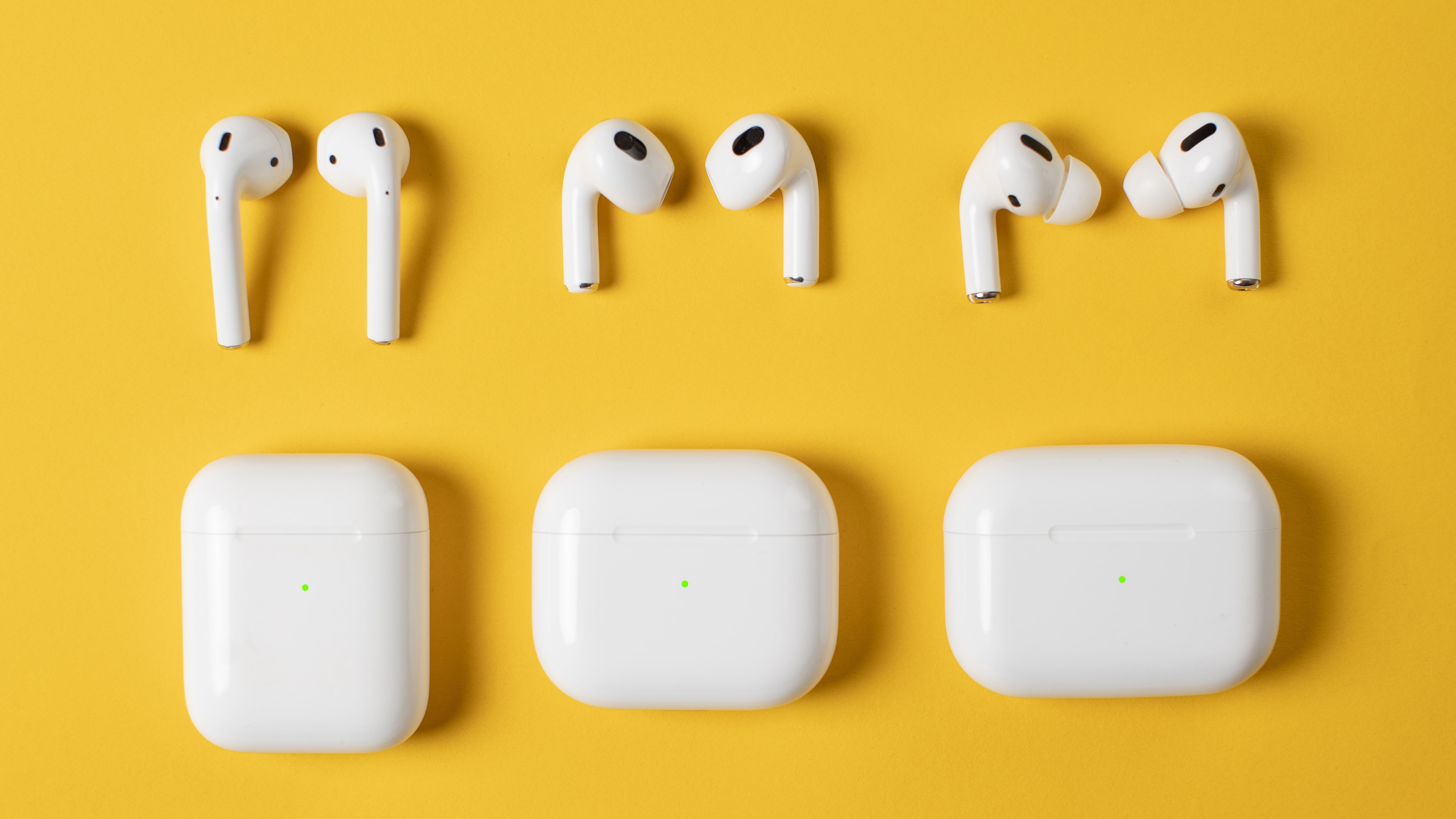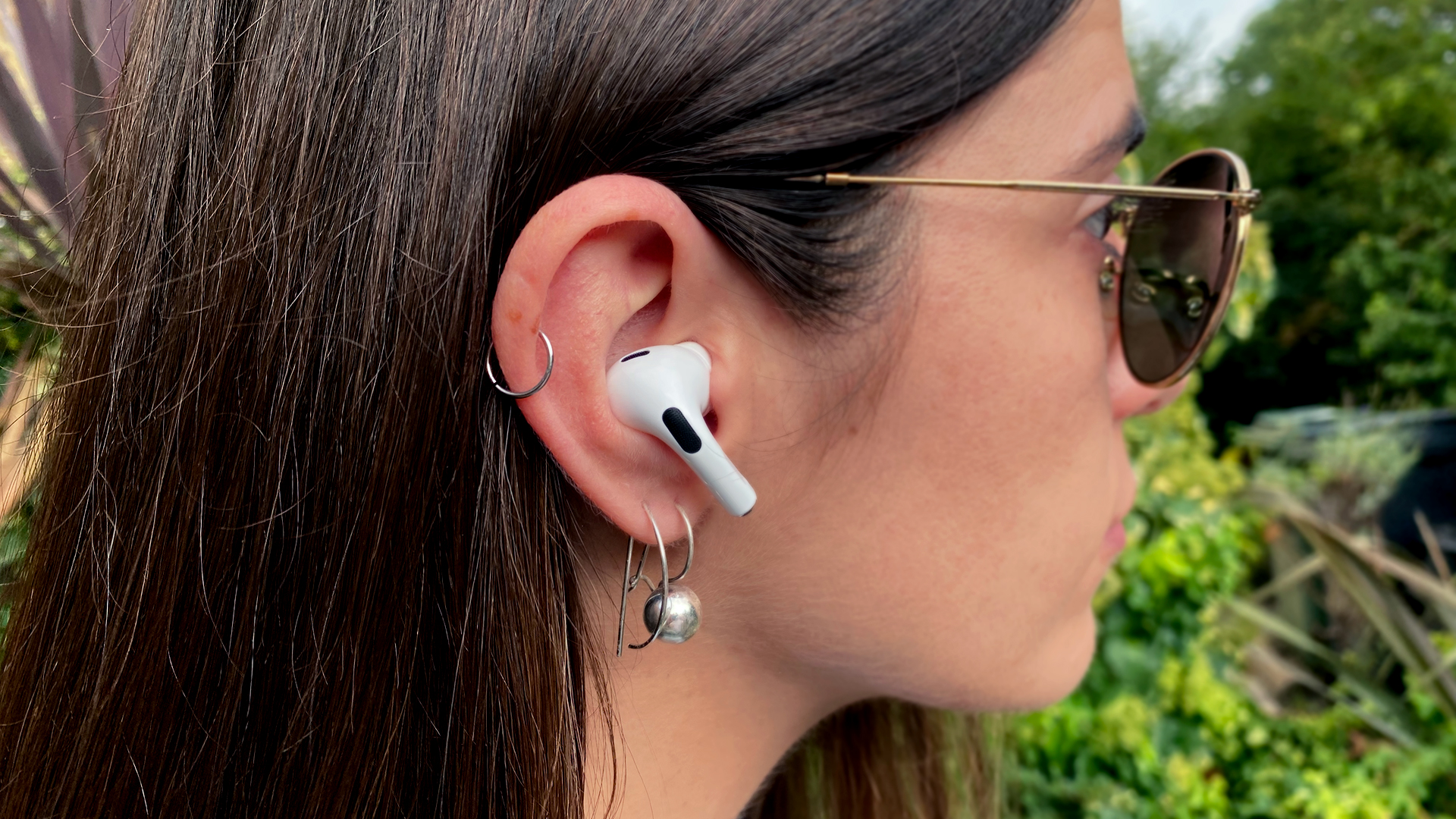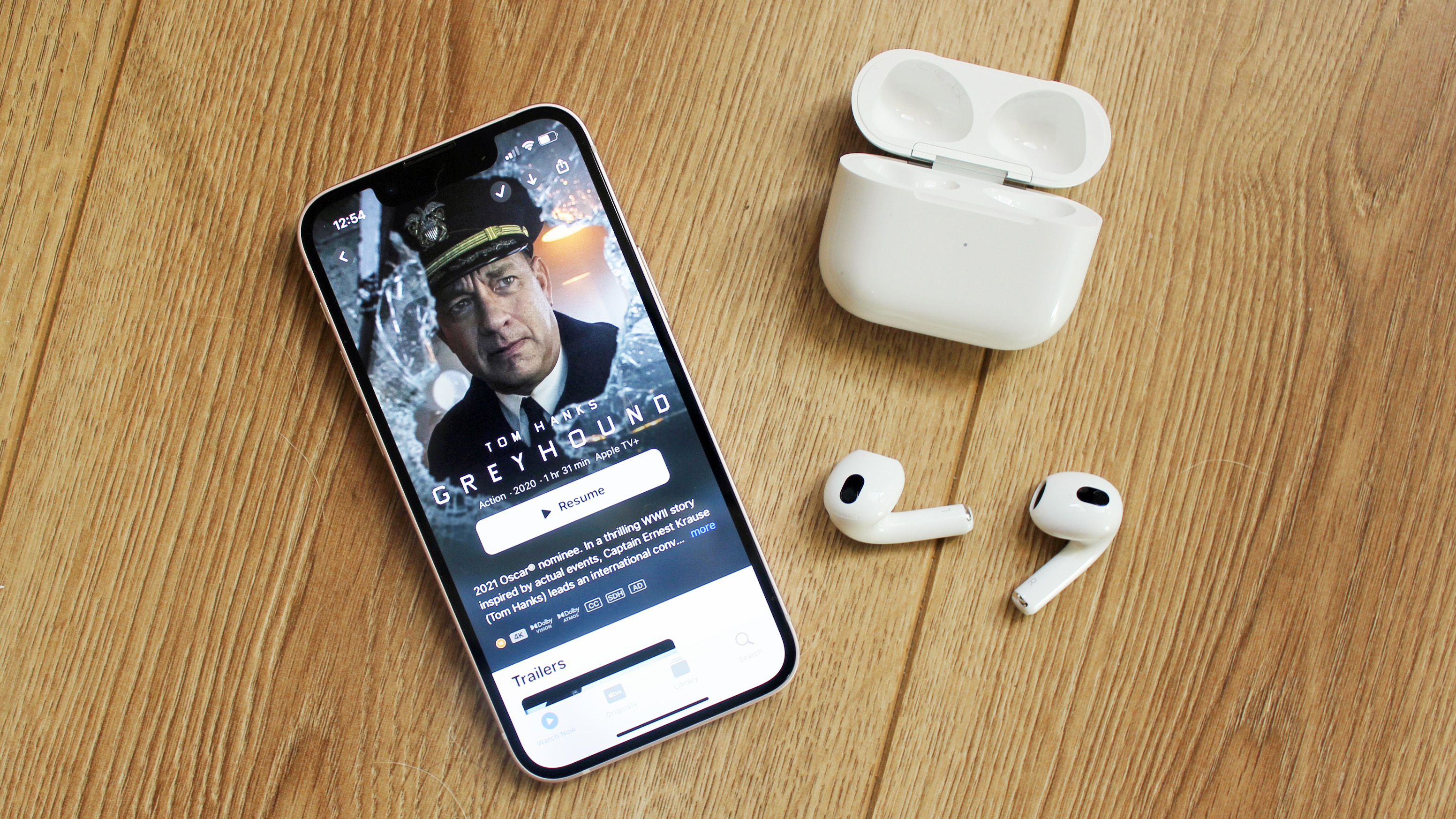It’s been more than two years since the Apple AirPods 3 hit shelves, yet there’s still no official word from Apple on when we might expect to see their successors. And while the AirPods Pro 2 rank highly in our list of the best earbuds, the AirPods 3 now face much stiffer in-ear competition than when they launched in October 2021.
It's fair to say, then, that the AirPods are due an update. The question is when that’s going to arrive – and, if you’re in the market for a pair of AirPods, whether you should wait for the fourth generation, or grab one of the best AirPods deals available right now.
To help you decide, we’ve rounded up all the leaks, tip-offs and intel currently circulating about the AirPods 4. From release date rumors to talk of new hardware tricks, you’ll find all of the latest AirPods 4 news below.
We’ve also given our opinion on which upgrades we think are most likely to happen in reality, and what features we’d like to see.
Apple AirPods 4 rumored release date and price

The AirPods 3 launched on October 26, 2021, priced at $179 / £169 / AU$279. It’s rare for Apple to reduce the price of a like-for-like upgrade, so we would expect the fourth-generation AirPods to retail at a similar price point.
There is a caveat, though. Rumors indicate that Apple may release two versions of the AirPods 3: the regular version and a cheaper, simpler variant. Analysts Jeff Pu and Ming-Chi Kuo have both referenced a low-cost version of the standard AirPods, possibly dubbed the AirPods Lite, which could hit the US market at a more accessible price of $99.
Respected Bloomberg analyst Mark Gurman has backed up these claims with a suggestion that the regular AirPods 4 will benefit from noise canceling and a case equipped for Find My alerts, features which the basic option apparently won’t offer.
What’s not clear is when either or both models will launch. Apple’s events in September and October 2023 passed by without any mention of the AirPods 4. The original AirPods launched in December 2016, followed by the second generation in March 2019, then the AirPods 3 in October 2021. Based on those date windows, the AirPods 4 would be overdue after the first quarter of 2024.
We’d certainly expect to see the AirPods 4 arrive next year, a timeline backed by Gurman. Kuo, though, has suggested that the AirPods might not ship until later in the year, or even early in 2025 – a delay credited to a change in manufacturing partners. We still think a spring Apple Event in March is the most likely date, but nothing close to an official release date has surfaced yet.
Apple AirPods 4: Design and features

In our review of the AirPods 3, we found their shorter stems and contoured shells more comfortable than previous editions. We’d hope and expect to see the design refined further for the fourth generation.
Bloomberg's Mark Gurman predicts that the next AirPods will blend the design of the AirPods 3 with the AirPods Pro 2. The two are already visually very similar, so it’s likely that the AirPods 4 will refine the existing formula rather than doing anything revolutionary with the styling. In the same vein, we think the AirPods 4 will follow all previous editions and ship only in Apple’s trademark white finish.
One welcome update would be the addition of changeable ear tips to the AirPods 4, a feature currently reserved for the Pro series. Sadly, Gurman thinks this is unlikely to happen, suggesting instead that the AirPods 4 will stick with the unsealed setup of previous editions. This points away from the presence of active noise cancellation on the AirPods 4, although doesn’t rule it out.
Similarly, we would be glad to see the touch controls used to offer on-bud volume control, as they are with the AirPods Pro 2. We commented on this omission in our review of the AirPods 3, and it feels like a feature that should be offered as standard, rather than relying on Siri or your smartphone. Only time will tell whether Apple agrees and adds it to the AirPods 4.
As for the charging case, there’s been plenty of discussion surrounding the switch to USB-C. This is pretty much a certainty, given the EU’s ruling on ports and the fact that Apple has already starting fitting the interface to its flagship devices, including the iPhone 15 family. In fact, Gurman reckons all AirPods will switch to USB-C by next year.
Apple AirPods 4: Sound quality

Sound quality on the AirPods 3 was balanced and broadly impressive, but far from the best out there. An unsealed fit means bass is never going to be brilliant, but we’d still hope to hear improvements in the AirPods 4. These could be courtesy of refinements to Adaptive EQ, or due to the presence of Apple’s H2 chip (see below).
The AirPods Pro will continue to be pitched as Apple’s earbuds of choice for audiophiles, but Apple at least needs to keep pace with wireless in-ears that cost less and sound better – such as the Sony WF-C700N. We’ll have to wait and see how it goes about this.
If Apple does go down the route of releasing a cheaper version of the AirPods 4, we wouldn’t expect core audio quality to suffer, but it’s likely that Apple would cull certain premium listening features from the cut-price option. These may include ear detection and support for Spatial Audio.
If you listen to music on a platform which doesn’t support Spatial Audio, such as Spotify, the omission of the latter in exchange for a lower price could make the ‘Lite’ version of the AirPods 4 the more appealing choice.
Apple AirPods 4: Software and performance

While battery life improved with the AirPods 3, these gains were nullified when Spatial Audio was enabled. We’d hope to see longevity meaningfully improved on the AirPods 4. One way to achieve this could be with Apple’s H2 chip.
Already found on the AirPods Pro 2, the H2 chip is more efficient than the H1 equivalent found in the AirPods 3. It also supports Bluetooth 5.3 connectivity, which itself is more efficient and more stable than Bluetooth 5.0. The H2 chip’s computational smarts can also contribute to enhanced audio quality, although it’s not clear how much of an impact this would have without ANC.
Adding the H2 chip to the AirPods 4 would mirror the trickle-down approach that Apple takes to its smartphone processors. Assuming that the AirPods Pro 3 are also on the horizon, quite possibly equipped with a new H3 chip, then the H2 makes sense as an incremental performance upgrade for the AirPods 4 – at least for the full-price version.
As for other features, we think there’s a good chance that other previously Pro features will make their way down to the AirPods 4 – specifically support for Find My alerts, by way of speakers in the charging case.
Other advancements mooted by Mark Gurman for future AirPods models include temperature sensors and support for some kind of hearing data. If and when we’ll see such features remains to be seen, and it seems likely that they’d be introduced to an AirPods Pro update before the standard model.
You might also like
via Hosting & Support
Comments
Post a Comment